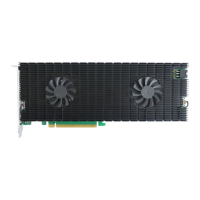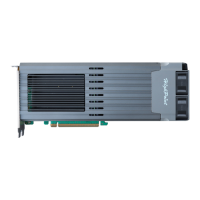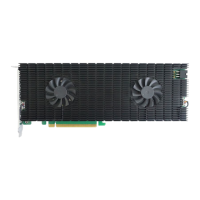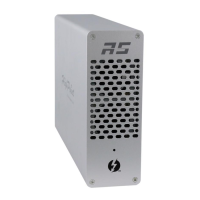Introduction
1.1 Serial ATA Overview
Serial ATA is a high performance interface for IDE storage devices, and is the evolu-
tionary replacement for the longstanding ATA physical storage interface. It is a prac-
tical add-on solution that is compatible with today's leading operating systems, and
can be utilized alongside the existing PC architecture without the need for physical
modification. Serial ATA is scalable and will allow for future enhancements of the
computing platform. Serial ATA's efficient design further simplifies system integration.
1.2 RAID Basics
The term RAID is an acronym, and stands for Redundant Array of Independent Disks.
RAID is a method of combining several hard disk drives (physical disks) into one
logical unit (logical disk). This logical unit is referred to as the RAID array.
Arrays offer several advantages over standard, single-disk configurations - fault toler-
ance and/or higher data throughput (improved security and/or performance).
Hard disk drives can be combined into several different types of RAID arrays. These
different combinations are referred to as RAID levels.
Different RAID levels offer different advantages, depending upon the number of hard
disks used, and the security, cost, and performance requirements.
The most common types of RAID arrays include RAID 0, RAID 1, and RAID 5.
RAID 5 is a popular choice: it is a very cost-effective solution, and provides both
improved performance, and data security. It requires a minimum of three hard disk
drives. RAID 5 includes a rotating parity array, thus, all read and write operations can
be overlapped. RAID 5 arrays store parity information, but not redundant data.
There are also several types of combined-RAID levels, or hybrid arrays, such as RAID
1/0 (also known as RAID 10).
The table displayed on the following page describes some of the more common types
of RAID arrays, the minimum number of hard drives required, and the benefits offered
by each type RAID level.
1-1

